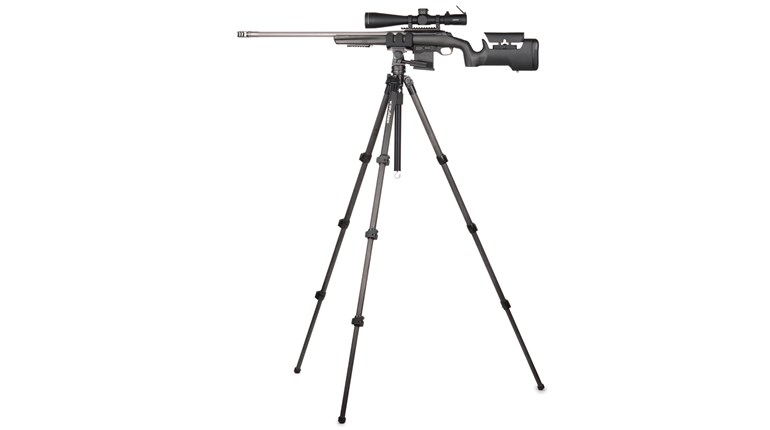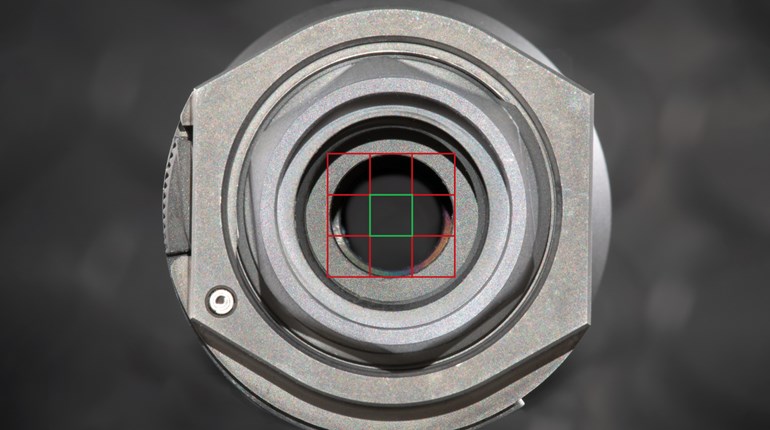
Is that “vintage” rifle used, abused or somewhere in-between? Checking for problems before the purchase can save headaches down the road.
A spike in new-firearm sales is the norm during all manner of modern crises. As these cyclical increases in buying drop available inventories, all sorts of used guns stream into the market to meet buyers’ needs. This influx helps balance supply with demand, but not without some baggage. As disused, unwanted or neglected firearms come out of closets or safes and into the resale market, bad deals lurk among the good. Knowing how to sidestep the most common pitfalls associated with used rifles can spell the difference between happy trigger time and an unplanned repair bill.
Although my day job as a licensed manufacturer/dealer/gunsmith has made me intimately familiar with the sales side of the fence, I’ve been buying used rifles as a shooter and low-level collector since I was a teen. I made some buying mistakes in my younger days, but those hard lessons taught me to approach the process with the same mentality as I do used automobiles: I assume that either the seller is hiding something or that, due to the rifle’s desirability, I must be willing to accept any flaws. While I’ve found that most sellers are honest, a skeptical approach to buying used rifles helps me sniff out and avoid the exceptions to that rule.
Q&A Time
In addition to obvious external problems, a used rifle’s bore is a key place to focus your attention when considering a purchase. Unless you’re buying a wall-hanger, ask lots of questions about internal condition and previous use. The more answers you get up front, the more leverage you’ll have later if the seller misrepresents the item. If he or she can’t be bothered to answer questions in the first place, they haven’t earned your money in the second.
I always ask for an approximate round count, even though most sellers don’t have it. That’s OK, because it provides a great segue into questions about bore condition and ammo types used, especially with match-grade barrels or rifles that are chambered in bore-burning calibers. My initial questions are general, but my follow-ups dig deeper if the seller sends up any red flags. An example of the latter would be references to handloading—and I say that as a handloader. I know that most home-rollers are meticulous, but many years of gunsmithing work have taught me that some handloaders place a higher priority on maximum velocity than on barrel life and care.
Rather than ask whether the seller has had any trouble with the rifle, I casually inquire about the types of malfunctions they’ve experienced. This presumptive phrasing moves the discussion away from a defensive seller-to-buyer dance and toward a more friendly shooter-to-shooter exchange. When viewing an older rifle through an online listing, I ask for pictures of all barrel and receiver markings, including the serial number. This info can help date the rifle, verify correct components and, in some cases, reveal barrel quality.
Checking the Goods
Whether you do it yourself or hire a professional, some form of inspection is worth performing. For local purchases, after ensuring the rifle is unloaded and assessing overall condition, I ask if I can perform a function check. If the seller won’t allow it, I invite them to do it for me. Outside of antique or rimfire actions, this is a reasonable request. Having a snap cap in the correct caliber available for dry-firing, especially for rimfires, typically sets a wary seller at ease.
A heavily fouled rifle is a red flag to me because, like a used car, anyone expecting a fair price for a good product should take the time to clean it up. Caked-on carbon, oil sludge or a dirty bore point to a seller who’s either lazy or trying to hide some sort of problem. When I manage to get to a gun show, I carry a small inspection kit with a flashlight, cable pull and patches, dental-type pick, magnifier and non-marring punch. The tools only come out if something doesn’t look right and have saved me from making mistakes or provided bargaining leverage several times.
Looking through an illuminated bore can expose how a rifle has (or has not) been cared for. Heavy erosion in the throat area, showing up as a dark ring, is a bad sign. Likewise, corrosion typically darkens a bore and warrants a much closer inspection to gauge extent. Checks for damage to the barrel crown, bolt-locking lugs and raceways are also worth the effort.
Unless you want a project gun, I recommend pushing for an inspection period when buying from a remote seller. Three days after receipt is standard and test firing typically voids the inspection-and-return processes. If you aren’t confident in your ability to perform thorough checks, most gunsmiths will do it for a nominal fee. In addition to gauging external issues, a gunsmith can verify proper headspace, bore wear and check for unsafe internal conditions. Since the rifle will be transferred through a local FFL, finding one who offers gunsmithing services can save time and money.
General Tips
Not all sellers have return policies, so be sure you understand and have a record of the sale terms before committing to a purchase. Regardless of where the sale takes place, know and follow all laws that may apply. Remember that some states prohibit their citizens from making in-person firearm purchases from FFLs outside the state of residence or beyond contiguous state boundaries, so know before you go.
Also, at the time of this writing, the Department of Justice is poised to radically restrict private firearm sales. If enacted, this redefining process will undoubtedly face legal challenges. Until then, be sure you’re current on what is and is not permitted—check the NRA-ILA website at NRAILA.org. Lastly, it’s always a good idea to request a receipt that captures all relevant information about you, the seller, firearm and date, even for private sales.
Thanks to the steep uptick in firearms interest over the past few years, finding inexpensive, good quality, used rifles has become much more difficult. In turn, a few unscrupulous sellers have taken advantage of this hot resale market to unload their lemons. By taking the time to ask detailed questions and carefully inspect a pre-owned rifle before buying, you can flip the script from caveat emptor (buyer beware) to caveat venditor (seller beware) and, hopefully, avoid getting burned.





































